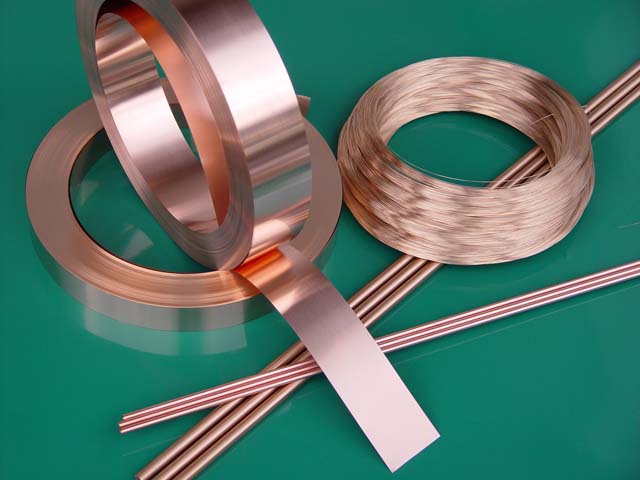Copper-nickel alloy is inherently corrosion resistant to road salt, and its use as brake tubing is increasing based on: 1) Changing life-expectancy for automotive vehicles; 2) Worldwide service-experience data on brake tubing wear; and 3) Increasing cost of corrosion-retarding coatings for steel brake tubing.

Automobile Life-ExpectancyWorldwide Data On WearAdded Cost of CoatingsThe Move to Copper-Nickel TubingThe Right Tubing for the Job indicates a vehicle's braking system is as crucial to a vehicle's performance as its engine and drive train. The tubing carrying pressurized air or fluid through the system is the vital link between master cylinder and slave cylinders at the wheels. Brake system tubing is vulnerable to the pressures of air or fluid flowing through it, to corrosion from road mud and salt, and to damage of any protective coatings on its surfaces from stone pecking where it is exposed under the chassis.

Prior to 1930, copper and brass, having excellent inherent pressure containing and anti-corrosion characteristics, were the materials of choice for brake tubing. By post World War II, automotive industry mass production economics dictated adoption of a low-cost form of double wrapped, furnace-brazed steel tubing that is still in use today worldwide.
Having excellent, initial pressure bearing characteristics, steel tubing is, however, susceptible to corrosion. However, no coating has proven to be totally impervious. Copper-nickel alloy hereby to be found and utilized. Nexteck, as a advanced material provider, supplies copper nickel alloy lineup of CuNi1, CuNi2, CuNi6, CuNi10, CuNI15 and CuNi44.
Attend exhibitions, focus on industry devolpment trend and new technology,Nexteck Technology Limited keeps pace with the times ,exploring and innovating so as to achieving continuous development.
TAG: copper nickel alloy




